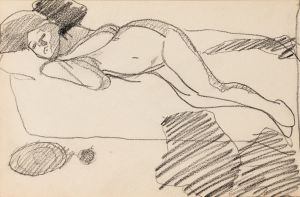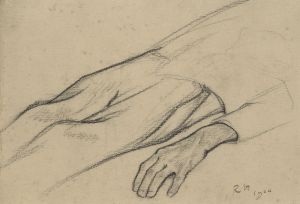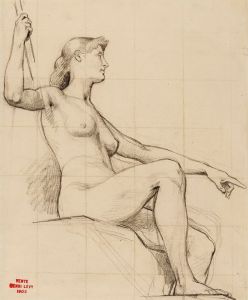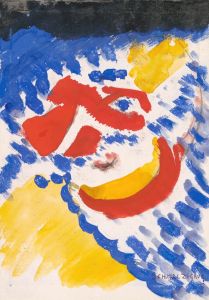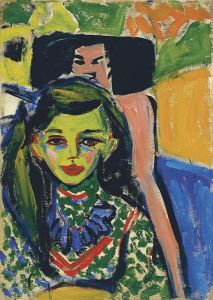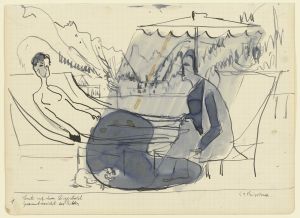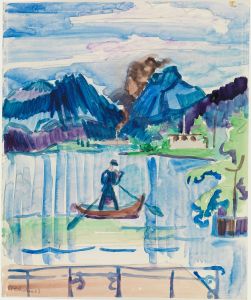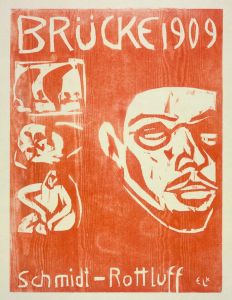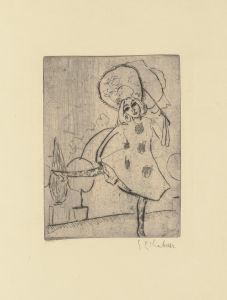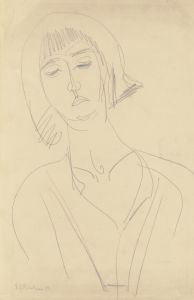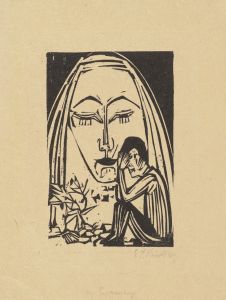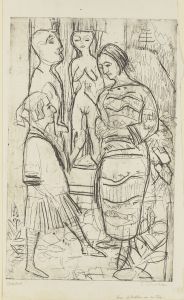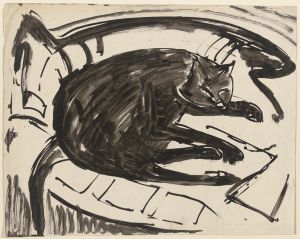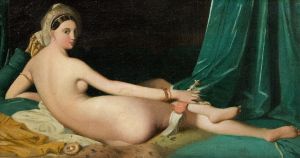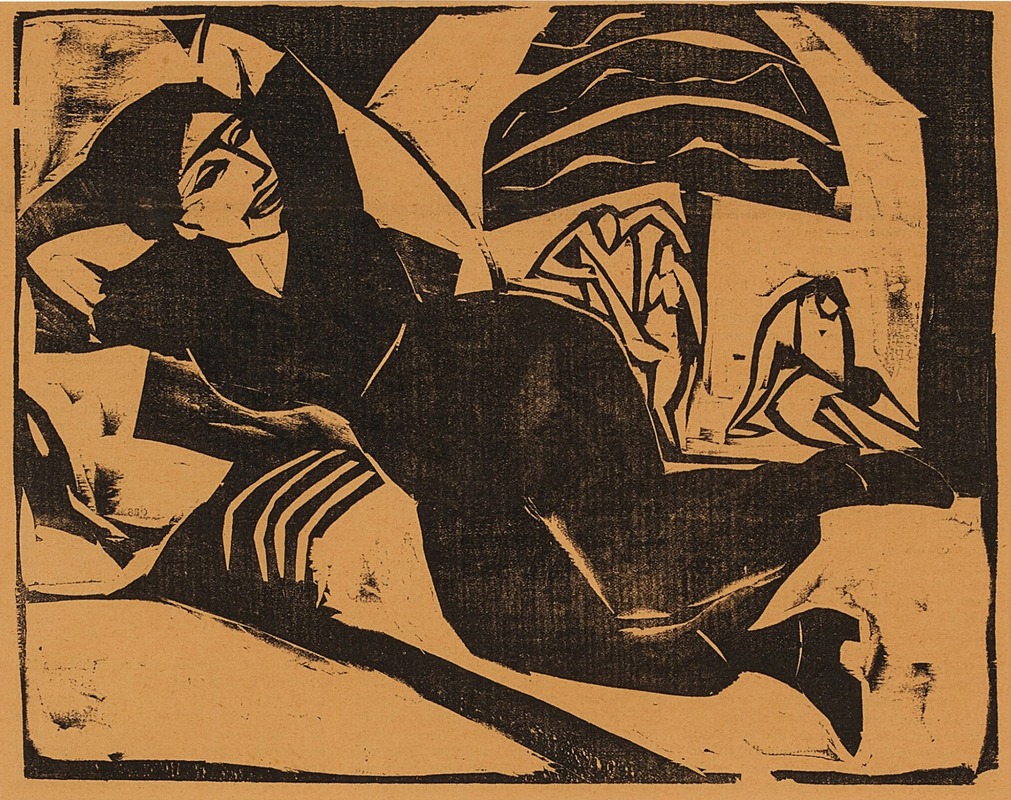
Liegende Frau
A hand-painted replica of Ernst Ludwig Kirchner’s masterpiece Liegende Frau, meticulously crafted by professional artists to capture the true essence of the original. Each piece is created with museum-quality canvas and rare mineral pigments, carefully painted by experienced artists with delicate brushstrokes and rich, layered colors to perfectly recreate the texture of the original artwork. Unlike machine-printed reproductions, this hand-painted version brings the painting to life, infused with the artist’s emotions and skill in every stroke. Whether for personal collection or home decoration, it instantly elevates the artistic atmosphere of any space.
Ernst Ludwig Kirchner's Liegende Frau (translated as Reclining Woman) is a painting created by the German Expressionist artist, who was a founding member of the influential art group Die Brücke (The Bridge). Kirchner, known for his bold use of color and dynamic compositions, played a significant role in the development of early 20th-century modern art. His works often explored themes of modern life, human emotion, and the human figure, frequently rendered in a raw and expressive style.
Liegende Frau depicts a reclining female figure, a subject that Kirchner revisited throughout his career. The painting reflects the artist's characteristic approach to form and color, emphasizing emotional intensity over naturalistic representation. The figure is stylized, with exaggerated proportions and angular contours, a hallmark of Kirchner's work. The use of vibrant, non-naturalistic colors and the energetic brushstrokes are typical of the Expressionist movement, which sought to convey subjective experience and emotional resonance rather than objective reality.
Kirchner's art was deeply influenced by non-Western art forms, particularly African and Oceanic art, which he admired for their perceived authenticity and directness. This influence is evident in the simplified forms and bold lines of Liegende Frau. Additionally, the painting reflects Kirchner's interest in the human body as a site of both vulnerability and vitality, a recurring theme in his oeuvre.
The exact date of creation for Liegende Frau is not specified in available records, but it likely falls within Kirchner's most productive period, between 1905 and 1915, when he was actively involved with Die Brücke. During this time, the group sought to break away from traditional academic art and embraced a more spontaneous and experimental approach to painting.
Kirchner's career was profoundly affected by the political and social upheavals of his time. After serving in World War I, he suffered from physical and psychological trauma, which influenced his later works. In 1937, the Nazi regime labeled his art as "degenerate," and many of his works were confiscated from German museums. Despite these challenges, Kirchner's contributions to modern art remain highly regarded, and his works are featured in major museums and collections worldwide.
Specific details about the provenance or current location of Liegende Frau are not readily available. However, Kirchner's works are widely studied and exhibited, reflecting his enduring impact on the art world.





